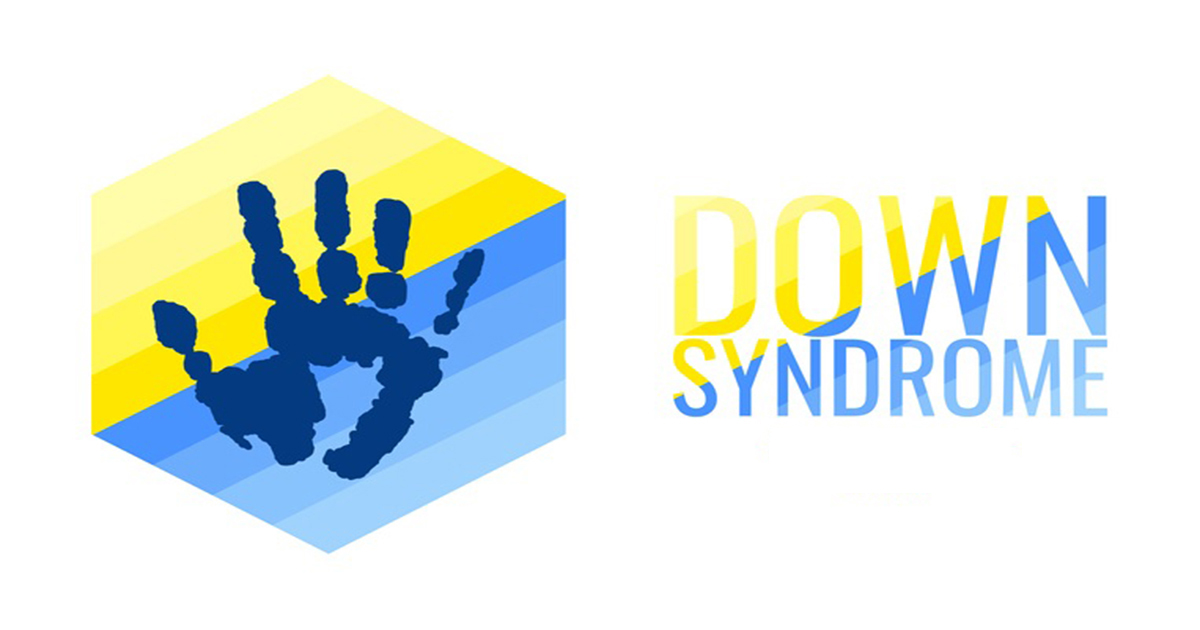What is Down Syndrome ?

Down Syndrome :
Overview:
Down Syndrome (DS) is caused in most cases by a triplication of chromosome 21, called trisomy 21 i.e there is an extra chromosome on chromosome pair 21. It is most commonly recognised genetic cause of mental retardation. Classical features of Down syndrome include
- Mental retardation
- Low muscle tone
- Hypermobility
Down syndrome was first described by Jhon Down in a published paper in 1838. John Down is credited for describing details and distinguishing children with Down Syndrome.
When it was first seen ?
A Saxon skull from the seventh century was found to have the structural changes of a child with Down Syndrome. Figures made 3,000 years ago resemble people with Down Syndrome .
ETIOLOGY:
Its prevalence is of 9.2 cases per 10,000 live births. The reason for Down Syndrome is an extra chromosome. This results in 47 chromosome instead of 46. Most trisomy 21 pregnancies prove to be nonviable. 1/4th of fetuses with trisomy 21 survive to term.
RISK FACTORS:
Identified risk factors related to Down Syndrome include:
Maternal age : with increasing mother’s age, chance to get Down Syndrome baby increases
1/1,300 births for a 25 years of old woman.
1/365 births for maternal age of 35 years.
1/30 births for maternal age for 45 years.
Mother which are exposed to X-rays
Parents carrying the Down Syndrome gene
What is life expectancy in Down Syndrome ?
Down syndrome itself is not fatal. Down Syndrome can shorten life because it increases the person’s risk for health problems due to systematic abnormalities and complications. In the past two decades however, life expectancy is almost doubled for people with Down Syndrome i.e from 25 years to 49 years.
PHYSICAL SIGNS:
- Flat face
- Upward slantedeyes
- Deep palm creases
- White spots in iris of eyes
- Loose ligaments
- Small hands
- Short neck
- Abnormally shaped ears
HEALTH PROBLEMS:
- Congenital heartfailure
- Intestinal problems
- Celiac disease
- Eye problems
- Thyroid dysfunction
- Skeletal problems
- Dementia
OTHER SYMPTOMS:
Other symptoms can range from mild to severe. People with Down Syndrome have intellectual and developmental disabilities(IDDs) which limit intellectual and adaptive behaviours. They also may have delayed language development and slow motor development.
CLINICAL FINDINGS:
- Brachycephaly
- Upward slanted eyes
- 1st and 2nd toe gap
- Loose skin on neck
- Hyper-flexibility
- Ear abnormalities
- Protruding tongue and small, narrow palate
- Flat nasal bridge
- Muscular hypotonia
- Epicanthal folds
- Brush field spots (ring of iris speckles)
- Short fifth finger
- In curved fifth finger
- Short broad hands
- High arched palate
- Single and deep palmar crease
- Cardiac defect
- Duodenal atresia
MUSCULOSKELETAL ABNORMALITIES:
- Skeletal maturation retardation
- Retardation in growth of cranium
- Narrow palate
- Rib anomalies
- Decreased acetabular and iliac angles
- Patello-femoral joint instability
- Increased incidence of mild scoliosis
- Foot anomalies; pes planus, hindfoot valgus
- Increased incidence of muscles missing
- Lack of differentiation of midface musculature
NERVOUS SYSTEM ABNORMALITIES:
- Reduced Brain weight i.e brain weight is 76% of normal
- Brainstem and cerebellum are 66% of normal
- Dendrites are thin
- Reduced surface area of synaptic connections in brain
- Abnormal neurones in cerebrum
- There is a delay in myelination in a few cases
GAIT:
- Flat footed contact rather than heel/toe contact
- Reduced push off
- Smaller step length
- Increased flexion at hip and knee during stance phase
- Delayed change to push off due to calf weakness
POSTURAL CONTROL :
There is delay in emergence of equilibrium reaction which causes balance and postural problems. Postural responses are slower and less efficient than typical children in response to moving platform resulting in increased muscle sway.
SENSORY FACTORS:
- Disrupted spatial sense
- Decreased Integration of information across modalities; visual/ proprioceptive
- Auditory processing consistently more deficient than visual task performance
- Need visual cues for balance longer than typical infants
- Improvement with patience
MANAGEMENT:
A team including various health care providers is designed to rehabilitate and manage problems of children having Down Syndrome. This rehabilitation may include,
- Physician
- Cardiologist
- Physical therapist
- Occupational therapist
- Speech therapist
- Psychologist
- Nurses
PHYSICAL THERAPY MANAGEMENT:
ASSESSMENT AND EVALUATION
It Includes:
Birth and developmental history : Ask questions about Child’s birth
Developmental stages(the age he or she performed activities such as holding the head upright, rolling over,sitting up, crawling, walking and running).
PHYSICAL EXAMINATION:
- Measuring your child’s height and weight
- Observing movement patterns
- Making hands-on assessment of
- Muscle strength
- Tone
- Movement
- Flexibility
- Posture
- Balance
- Coordination
- Assessment of foot posture and determining need for orthotics
- Child’s heart health and fitness
MOTOR SKILL ACQUISITION:
- Perform specific tests to determine child’s motor development such as
- Sitting
- Crawling
- Kneeling
- Pulling up from sitting to standing
- Walking
- More advanced skills like running, jumping or kicking and throwing a ball
- Hand use
- Vision
- Learning strategies
TREATMENT:
Physical therapists work with children to improve muscle strength, balance, coordination and movement skills to improve independence with daily activities and quality of life.
IMPROVING STRENGTH:
Teach child and parents. The exercise to increase muscle strength. Most common methods are
Endurance Training:
Large groups of muscles working at moderate intensity for a more extended period
Weight Training:
Small group of muscles working at high intensity for short period of time
Specific Muscle Training:
Targeting specific weak muscles
IMPROVING TONE:
- Proper positioning
- Neuro Developmental therapy (NDT)
IMPROVE BALANCE, COORDINATION AND POSTURAL CONTROL:
- Stability exercises
- Corrective positioning
- Stair climbing
- Yoga
- Hydrotherapy
IMPROVING PHYSICAL FITNESS:
It Includes:
Moderate activities like brisk walking, active play, slow bicycling, water aerobics and slow dancing.
Vigorous activities like swimming,fast tennis, running, hiking and faster dancing.
SUMMARY:
People with Down Syndrome may take certain therapies. One type of therapy people with Down Syndrome may take Physical therapy to avoid poor muscle tone. They may also take Speech Therapy to help with speech, and Occupational therapy to help the person learn to perform everyday tasks. Children with Down Syndrome may also take special education classes.







